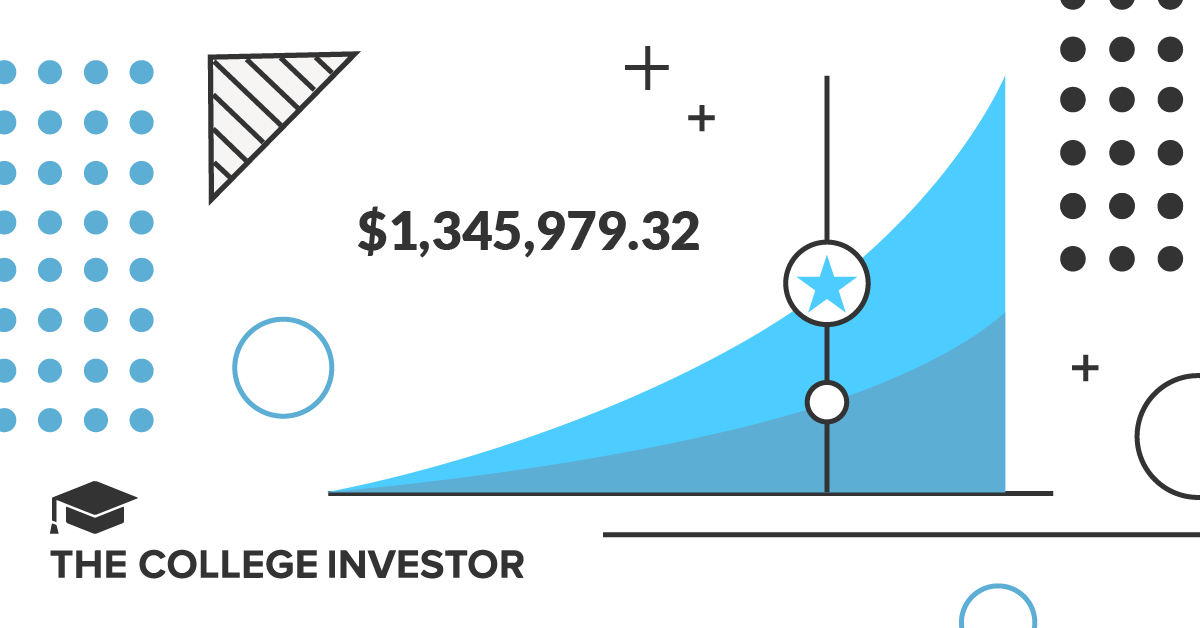Gerardo Martinez

In 1936, John Maynard Keynes coined the well-known time period ‘Animal Spirits’ for example how individuals take choices based mostly on urges, overlooking the advantages and downsides of their actions. To what extent are costs of Environmental, Social and Governance (ESG) property pushed by the sentiment of market contributors, versus financial fundamentals? To reply this query, I make use of Pure Language Processing (NLP) instruments and an unique corpus of tweets to seize market sentiment round local weather change. Estimating an element mannequin, I discover that sentiment is related to instant returns of local weather change associated inventory indices. These outcomes are stronger for days with essentially the most excessive returns. Market sentiment may be notably helpful in explaining massive actions in ESG asset costs.
Up and coming: ESG property
ESG property are portfolios of equities and bonds whose underlying firms fulfill environmental, social and governance elements. They characterize a fast-growing share of asset administration portfolios: in line with Bloomberg Intelligence, ESG exchange-traded funds (ETFs) cumulative property reached over $360 billion in 2021, and that determine is anticipated to succeed in $1.3 trillion in 2025.
The rising significance of those property makes ESG returns and volatility an vital object of examine. First, we wish to measure to what extent market sentiment round ESG can drive asset costs. And if the impact is important, ESG property may act as a set off or amplifier of stress in monetary markets if there was a major opposed flip in sentiment.
To one of the best of my information, this submit is the primary to make use of a sentiment indicator on local weather change, constructed utilizing NLP instruments and an unique pattern of tweets, as an enter into fashions that designate asset returns. I take a look at three inventory market indices designed to measure the efficiency of firms in international and UK clear energy-related companies:
- The S&P International Clear Power Index (GCEI).
- The FTSE Environmental Alternatives Renewable and Different Power Index (EORE).
- The FTSE Environmental Alternatives UK Index (EOUK).
Chart 1 plots the efficiency of the indices, which transfer carefully with political occasions associated to local weather change coverage.
Chart 1: Local weather change associated inventory indices and general benchmarks (01/01/2016 = 100)

Sources: Bloomberg and writer’s calculations.
All about angle: measuring market sentiment
To assemble a measure of market sentiment round local weather change, I extract from the Twitter API an unique pattern of over 700,000 tweets filtered by key phrases carefully related to local weather change. I limit my search to English-language tweets posted within the US and UK. I comply with a regular pipeline to take away duplicates, clear and pre-process the textual content of every tweet.
I apply two current, pre-trained Pure Language Processing instruments (FLAIR and VADER) to the ensuing knowledge set. Chart 2 exhibits the ensuing counts of tweets, divided into constructive and unfavorable sentiment in line with VADER. It additionally exhibits the typical FLAIR rating for daily within the pattern. The three metrics are normalised utilizing the Z-score.
There’s a sturdy correlation between the three indicators. Spikes within the depend of unfavorable and constructive tweets monitor excessive values of the typical FLAIR rating carefully. These extremes are sometimes linked to political developments round local weather change.
Chart 2: Measures of market sentiment round local weather threat

Supply: Writer’s calculations.
Linking market sentiment and one-day forward returns
To evaluate to what extent market sentiment influences ESG asset returns, I estimate an element regression which hyperlinks the return on the ESG indices to the VADER and FLAIR scores, controlling for added elements. These elements embody the price-to-earnings ratio of every index, the distinction between 20-year and 30-day authorities bonds (time-horizon threat), investment-grade company bond spreads (confidence threat), and the returns of a benchmark index (the S&P 500 within the case of the S&P GCEI, and the FTSE 100 for the FTSE EORE and FTSE EOUK indices).
Desk A exhibits that the impact of market sentiment on returns is statistically important, however modest. The impact is particularly clear for the FTSE EORE index. A 1 normal deviation enhance within the depend of constructive tweets is related to an enhance in day by day EORE returns of 10 foundation factors. Reversely, a 1 normal deviation enhance within the depend of unfavorable tweets is related to a lower in day by day returns of 14 foundation factors. For comparability, the unconditional normal deviation of EORE returns within the pattern is of 76 foundation factors.
Notice that the impact of constructive and unfavorable tweet counts is analogous, however of reverse indicators. That is encouraging, as it’s pure to interpret market sentiment because the distinction between constructive and unfavorable particular person sentiment.
The estimated results on the S&P GCEI are of comparable magnitude and course, though the coefficient on the depend of constructive tweets will not be important on the 10% significance stage. Nonetheless, I discover no important impact of constructive and unfavorable tweet counts on FTSE EOUK returns. One doable clarification is that the FTSE EOUK index captures UK firms. In distinction, nearly all of tweets within the pattern have been positioned within the US, and thus won’t seize sentiment round local weather change particular to native UK elements.
Focusing our evaluation on the ten% most excessive (highest and lowest) returns yields bigger coefficients on the VADER sentiment metrics. For instance, on the day of the 2016 US election, I estimate that market sentiment lowered returns for the FTSE EORE and S&P GCEI by round 30 foundation factors, based mostly on the distinction between the unfavorable and constructive tweet counts. The regression on the extra excessive pattern estimates that impact to be of 300 foundation factors, which might clarify 60% and 85% of the noticed unfavorable returns respectively.
Whereas FLAIR and VADER scores react to vital occasions, they’re more likely to comprise a major quantity of noise on a day-to-day foundation. Including intervals with smaller returns to the pattern is probably going so as to add noisy FLAIR and VADER observations, which drives down the regression estimates in direction of zero.
The alternative occurs to FLAIR sentiment scores. Taking the regression outcomes at face worth, days with unfavorable market sentiment are related to larger returns. However on days with excessive returns, the impact of sentiment as measured by FLAIR scores disappears. Given the sturdy correlation between FLAIR and VADER scores, it’s seemingly that sentiment is captured by way of the VADER scores, with FLAIR estimates pushed principally by noise.
Desk A: Impact of market sentiment on ESG returns
| Coefficients | |||||||||
| (a) 1-day returns | (b) 5-day returns | (c) 1-day returns, 10% most excessive observations | |||||||
| Impartial variable | FTSE EOUK | FTSE EORE | S&P GCEI | FTSE EOUK | FTSE EORE | S&P GCEI | FTSE EOUK | FTSE EORE | S&P GCEI |
| VADER constructive depend | 0.02 | 0.1** | 0.06 | 0.01 | 0.04 | 0.07 | -0.26 | 1.07** | 1.17** |
| VADER unfavorable depend | -0.05 | -0.14** | -0.16** | -0.02 | -0.05 | -0.1 | 0.13 | -1.07** | -1.39*** |
| FLAIR common rating | -0.33** | -0.15 | -0.16 | -0.09 | 0.13 | -0.07 | -0.65 | 0.55 | -0.28 |
***p < 0.01: coefficient important on the 1% stage **p < 0.05 *** p<0.10
Desk A additionally exhibits the identical set of coefficients, estimated on five-period-ahead returns. No coefficient is statistically important. That is encouraging: we’d count on modifications in market sentiment to be shortly included within the info set of traders and for market costs to regulate accordingly.
Market sentiment throughout time
So as to make clear the dynamic relationship of ESG returns and market sentiment (in addition to the opposite elements), I run a Vector Autoregression (VAR). I’m notably within the pass-through of shocks available in the market sentiment indicators to ESG returns. To that impact, Chart 3 plots the variance decomposition of the estimated mannequin for every of the three ESG indices. The variance decomposition is computed over forecast errors over a 20-day horizon, after which averaged for ease of exposition.
The three market sentiment indicators collectively clarify a really small fraction of the forecast error variance. Mixed with the outcomes of the regressions for the one-day and five-day returns, these findings recommend that shocks to market sentiment don’t clarify returns past a one-day time horizon. One interpretation is that shocks to market sentiment sometimes occur round vital political occasions (see Chart 3), and that market contributors are capable of shortly value of their results, therefore having little impact on returns over an extended horizon.
Chart 3: Variance decomposition, common over 20-day horizon forecast

Supply: Writer’s calculations.
Conclusions
The outcomes of this evaluation recommend that market sentiment on local weather change is related to one-day returns of ESG inventory indices. The estimated impact is of modest magnitude, however is particularly clear and robust when the evaluation is proscribed to the intervals with essentially the most excessive returns. Nonetheless, it isn’t common throughout all indices and sentiment indicators. And a dynamic evaluation exhibits that exogenous shocks to market sentiment don’t clarify returns past a one-day horizon.
However, these outcomes have a number of implications for monetary markets regulators. Firstly, they open the door to enriching fashions for forecasting asset costs, by together with further inputs corresponding to fundamentals or market sentiment and new instruments corresponding to machine studying fashions. Secondly, regulators will be capable of leverage on the novel knowledge set on market sentiment and asset costs to check patters of market response to modifications in sentiment, corresponding to procyclical asset purchases or asset reallocations.
Gerardo Martinez works within the Financial institution’s Capital Markets Division.
If you wish to get in contact, please e-mail us at [email protected] or go away a remark under.
Feedback will solely seem as soon as authorised by a moderator, and are solely revealed the place a full identify is provided. Financial institution Underground is a weblog for Financial institution of England workers to share views that problem – or help – prevailing coverage orthodoxies. The views expressed listed here are these of the authors, and are usually not essentially these of the Financial institution of England, or its coverage committees.












/a-7-5bfc2b3c4cedfd0026c10a26.jpg)








